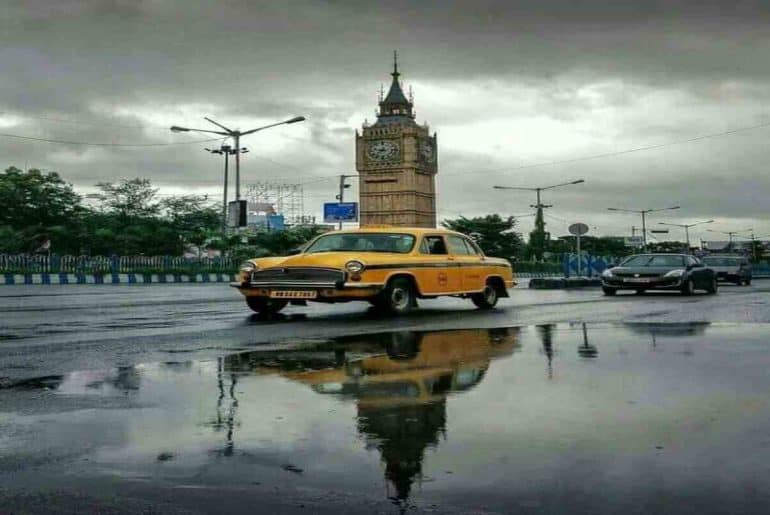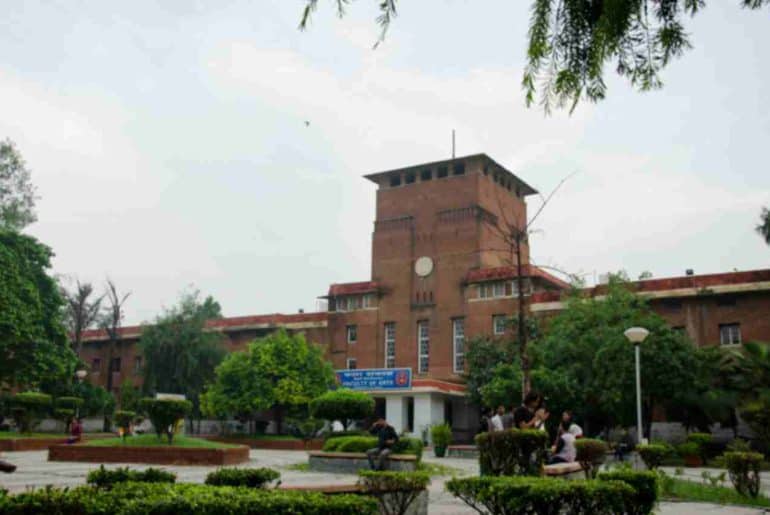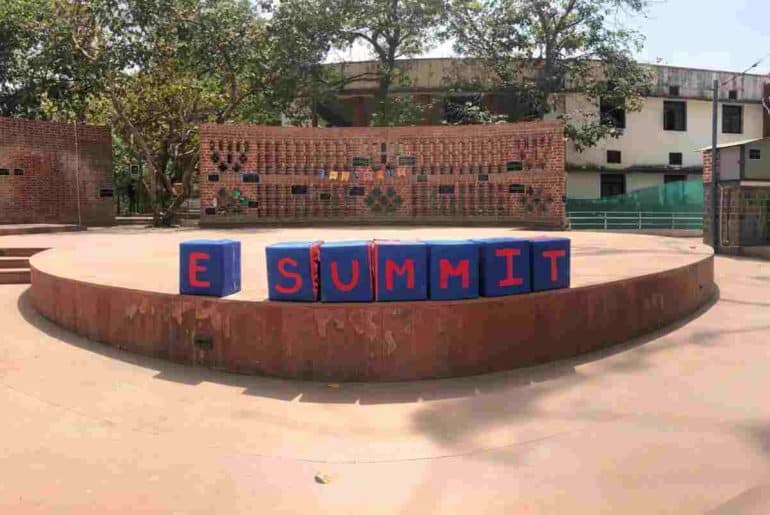After the introduction of the five-year integrated Law programme, a wide-scale demand seems to bring potential for Law courses at the university.
Over 1700 applications have been received by the University of Delhi since the induction of the 5-year integrated programme for Law. There is much competition after it was revealed by the university that only a total of 120 seats are being offered for the first batch.
The classes for the two courses that are being offered, BA LLB and BBA LLB, are set to begin on November 10. The classes shall be held temporarily at the Faculty of law in North Campus as of now; later, the specific permanent location shall be decided.
The determination of admissions shall be through CLAT scores, and the university strives to complete the admission process soon. It is noted that the Bar Council of India approved the five-year integrated programme on July 26th, this year, after the university was planning to introduce the course.
Hindustan Times reported:
There were over 1,700 applications for 120 seats, proving that there is a demand among students. Admissions, which are based on CLAT scores, will be completed soon. We aim to begin classes by November 10,
said Prakash Singh, director of DU’s South Campus.
Earlier this year, in August, a student filed a petition in Delhi High Court for the university to consider Common University Entrance Test (CUET) scores instead of CLAT scores for admission in the course. In September, the High Court granted permission to the University to conduct admissions on the basis of CLAT scores. The registration for the same began on September 27 and ended on October 12.
We have not done away with the three-year law course since it is a sought-after course. The new course is an add-on, keeping in mind the growing demand among students.
said Professor Anju Vali Tikoo, dean of the Faculty of Law.
Some of the faculty professors have questioned the fee structure of the programmes, which is Rs. 1,90,000 per year and might not be affordable to many.
“Naturally, the courses will be slightly more expensive than regular courses, as it has all the facilities being provided by other law colleges, such as international exposure, placements, and moot court competitions, among others,”
said Professor Tikoo.
Students whose parental income is Rs. 4 lakh or less per annum shall be eligible for a 90% waiver in tution fee, and those with a parental income of more than Rs. 4 lakh and less than Rs. 8 lakh shall be eligible for a 50% waiver.
Image Credits: The Sunday Guardian
Read Also: Delhi HC Slams DU for Arbitrary Admission Denial
Aanya Mehta






